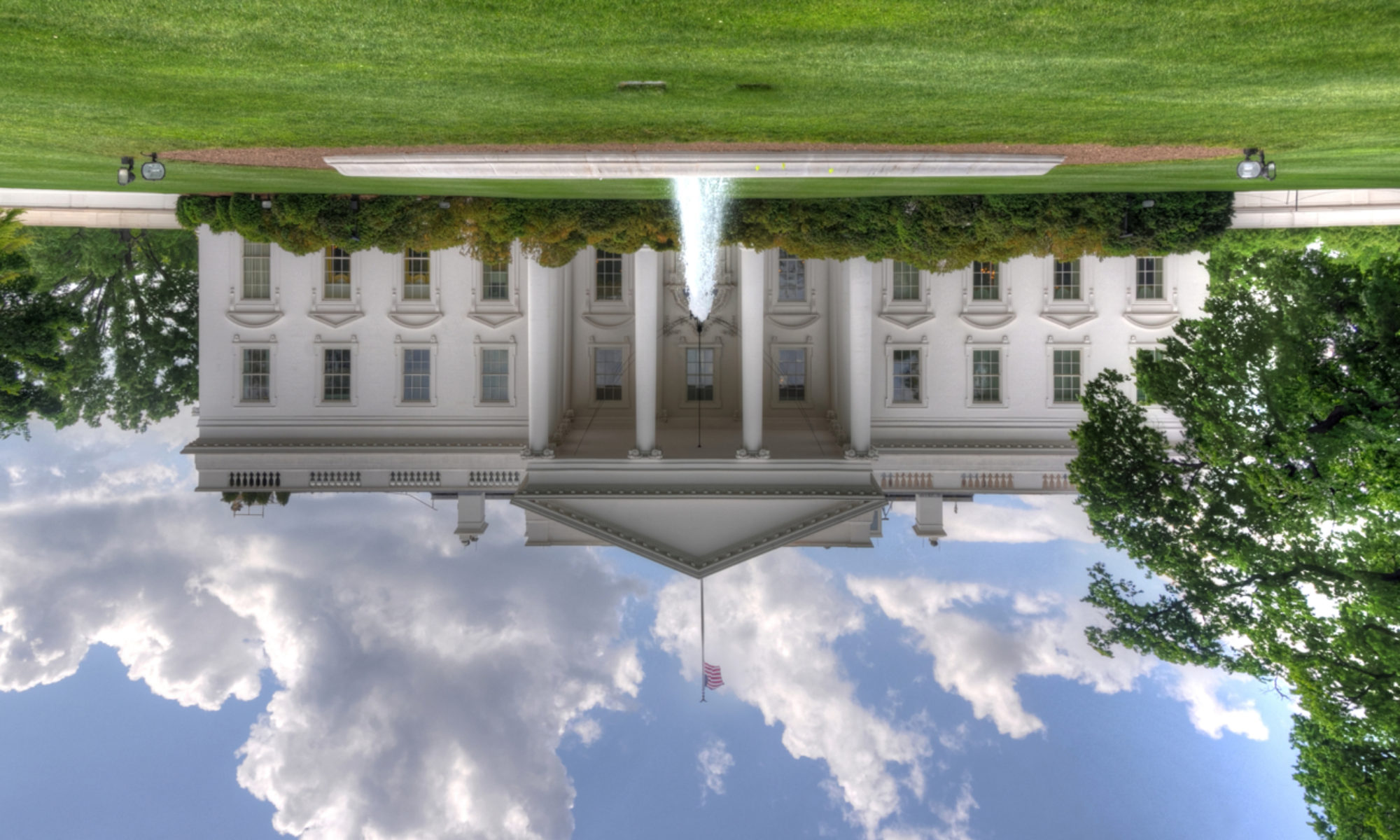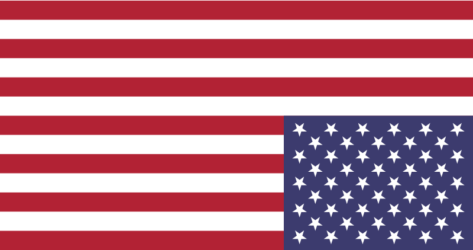This weekend, at least five aides and advisers to Vice President Mike Pence tested positive for COVID-19. The White House tried to keep the development under wraps, since this news contradicts what Donald Trump really wishes we believed: that we’ve “rounded the turn,” and that the coronavirus is disappearing in the U.S. In support of the White House strategy of denial, Mike Pence is continuing to campaign in person, eschewing the 14-day quarantine recommended for anyone who has been in close contact with a person who has tested positive for COVID-19.
When Mike Pence was appointed to head up the White House Coronavirus Task Force, a lot of Americans suspected he may not be the best choice. As it turns out, Pence has been little more than a “yes” man to Trump’s coronavirus agenda, downplaying and politicizing the pandemic. And as Pence, directly exposed to COVID-19 himself, ignores the public health guidelines put forth by his own task force, he confirms those doubts about his qualifications for leading a team whose job has ostensibly been to protect the American public from a deadly virus.
It is inconvenient that a second White House wave of the coronavirus should occur now —just a week from Election Day. The White House would like to distract voters’ attention from the virus, and focus it instead on the economy, which Trump insists was the best ever until the Chinese sent the virus this way. The subsequent economic crisis, he wants voters to believe, is mainly the fault of China, but also the fault of Democratic leaders who insisted on lockdowns in efforts to protect their constituents from the spread of the virus.
Nevertheless, the coronavirus remains as the issue that is topmost in voters’ minds. And many—or, according to polls, most—voters see the Trump administration as having failed at protecting Americans, or advocating for them, during this pandemic.
Trump’s response to the pain, worry, and fear that most people outside his base have been feeling this year is to continue to pretend that it’s a non-issue; barely acknowledging the widespread suffering, scoffing at those who observe safety guidelines, and downplaying the seriousness of it all.
“That’s all I hear about now,” said Trump at a rally in Lumberton, North Carolina. “Turn on the TV, ‘Covid, Covid, Covid, Covid.”
Yet Mike Pence defends his boss’s handling of the coronavirus, insisting that no one has done more to protect the American people than Donald Trump. He still touts Trump’s travel restrictions on China (which he calls a “ban,” but which was only a set of limited restrictions) early in the pandemic, as if it were the single most important thing anyone has done to stop the spread of the virus. (It wasn’t. Though Trump has claimed that but for his “travel ban,” “thousands and thousands” more people would have died, it’s not known how impactful that move really was, since the virus had already arrived in the U.S. by then.)
As if it weren’t absurd enough that Mike Pence is still keeping up his busy campaign schedule in light of the COVID-19 outbreak among his close aides and advisors, the White House is using the excuse that Pence, as a campaigner, is essential personnel.
“While Vice President Pence is considered a close contact with Mr. Short, in consultation with the White House Medical Unit, the Vice President will maintain his schedule in accordance with the CDC guidelines for essential personnel,” Pence spokesperson Devin O’Malley on Saturday.
Essential personnel are medical staff and first responders; they are key transportation employees, food workers, and public works personnel—the people who are suffering, as a matter of fact, under the failure of Congress and the White House to pass a second economic stimulus bill.
“I don’t see campaigning on the list,” said Dr. Joshua Sharfstein, vice dean for public health practice at Johns Hopkins University and former Maryland State Health Department chief. “Anything that does not have to be done in person and anything not related to his job as vice president would not be considered essential.”
The degree of disregard for others, including trusted White House staff, when it comes to observing coronavirus safety guidelines, is breathtaking. Nothing, however, can top the apparent admission by White House chief of staff Mark Meadows on Sunday that the administration has essentially given up on trying to control the spread of COVID-19 until, or unless, there is a vaccine or a medical breakthrough.
“We’re not going to control the pandemic,” Meadows told an incredulous Jake Tapper on CNN. “We are going to control the fact that we get vaccines, therapeutics and other mitigations.”
Other countries, in fact, have been successful in controlling the pandemic. New Zealand, for example, had a total of 827 cases, with no recent new cases. Barbados has had a total of 227 cases, with no new recent cases, and Vietnam has had a total of 1,168 cases, with just four new recent cases.
The Trump administration is so bent on denying its failure to manage the coronavirus pandemic that it has become a panel of gaslighters. As Meadows made clear, the knowledge that they didn’t do what they needed to early on, has become the narrative that it’s not controllable, and therefore, we shouldn’t even try to control it. We should continue crowding thousands of people together, without masks, to spread disease and spray respiratory droplets while yelling and cheering for the re-election of Donald Trump and Mike Pence.
Is Mark Meadows, in his statement that America can’t control the pandemic, conveying a narrative that “herd immunity” is a real solution? (It’s not. According to Dr. William Haseltine, Chair and President of ACCESS Health International, if the virus is allowed to spread freely without a vaccine, “we are looking at two to six million Americans dead – not just this year but every year… Herd immunity is another word for mass murder. That is exactly what it is.”
“Trump to America: Drop dead,” said Paul Begala, political commentator and former adviser to President Bill Clinton.
Mike Pence, chair of the now-phantom White House Coronavirus Task Force, chooses to ignore the opportunities for a platform where he could support public health guidelines, set a good example, and help keep thousands of people safe from the spread of COVID-19. Instead, Mike Pence opts to enable Donald Trump, as together, they gaslight their base and continue to endanger the lives of White House staff.
Five Of Vice President Mike Pence’s Aides Test Positive For COVID-19 | TODAY [2020-10-26]
Pence continues rallies despite 5 aides testing positive for COVID-19 |
ABC News [2020-10-26]

